Livestock
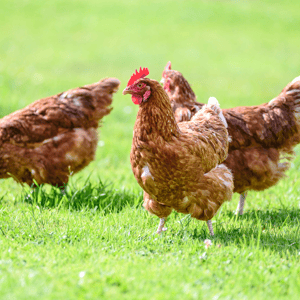
Transition livestock operations to organic management, ensuring animals are raised on 100% organic feed, managed with preventive health practices, and provided access to pasture, while maintaining land free of prohibited substances for 36 months.
Key requirements:
- Land used for pasture or feed crops must have no prohibited substances applied for 36 months.
- Livestock (except poultry) must be under organic management from the last third of gestation; poultry from the second day of life. Dairy animals require 12 months of organic management before producing organic milk.
- Feed must be 100% organic, with allowed vitamin/mineral supplements from the National List.
- Preventive health practices are prioritized; synthetic treatments are prohibited unless specifically allowed (e.g., vaccines).
- Ruminants must graze on pasture for at least 120 days per year during the grazing season.
- GMOs, antibiotics, synthetic hormones, and sewage sludge are prohibited.
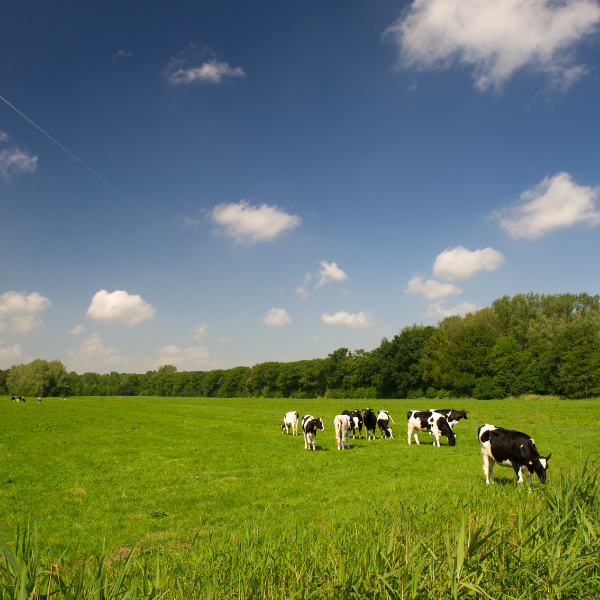
Soil Fertility & Pasture Management
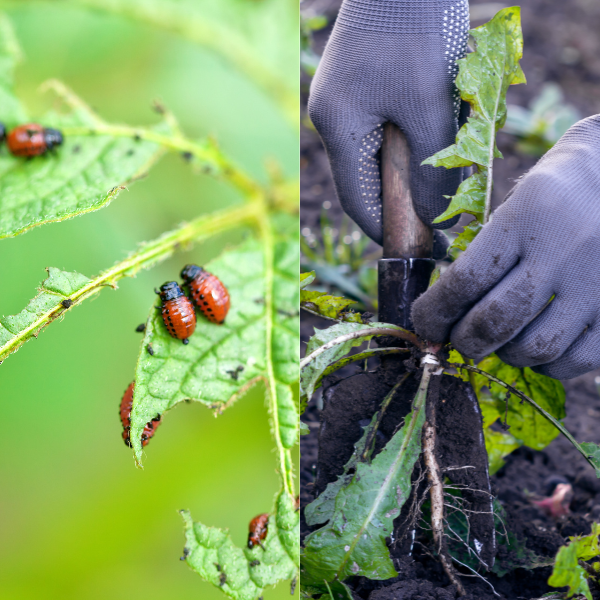
Pest & Weed Management
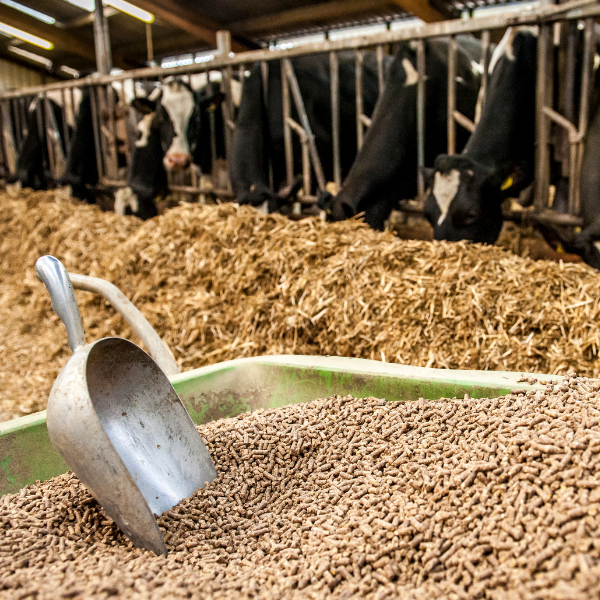
Feed & Supplements
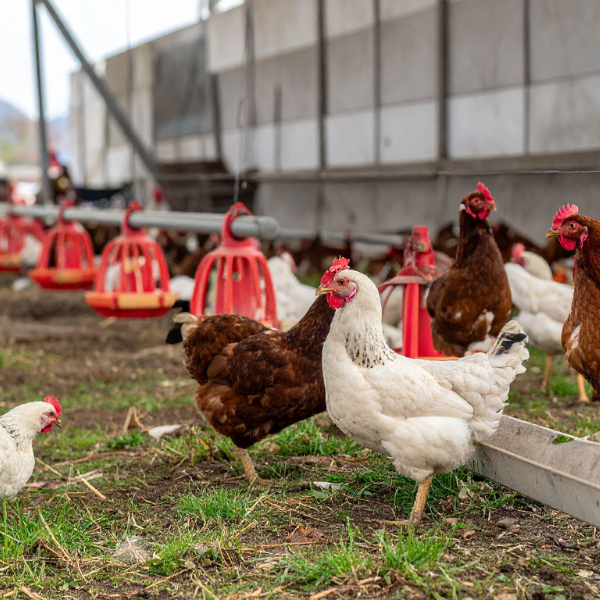
Animal Health

Recordkeeping
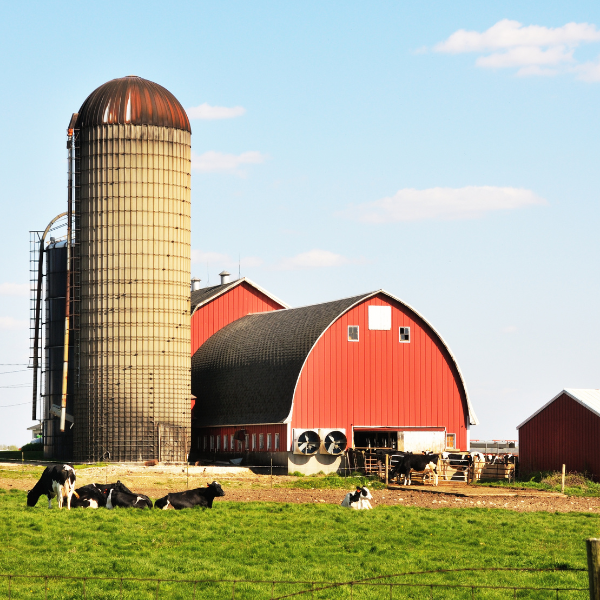
Transition Challenges & Tipcs
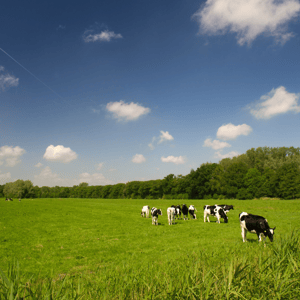
Soil Fertility & Pasture Management
Organic Inputs
- Compost: Made from animal manure, plant residues, or other organic matter (must follow NOP composting rules: C:N ratio 25:1–40:1, 131–170°F for 15 days for in-vessel systems). Enhances soil organic matter and nutrient availability.
- Green Manures/Cover Crops: Clover, alfalfa, or ryegrass to fix nitrogen, improve soil structure, and prevent erosion. Rotate cover crops with pasture to maintain fertility.
- Animal Manure: Raw manure from organic livestock, applied at least 120 days before harvesting feed crops or grazing (90 days for crops not contacting soil).
- Lime or Gypsum: Non-synthetic sources to adjust soil pH and improve calcium/sulfur levels (must be free of synthetic additives).
- Rock Phosphate or Potassium Sulfate: Naturally mined minerals (non-synthetic) to address phosphorus or potassium deficiencies, as approved on the National List.
Practices
- Conduct soil tests annually to monitor nutrient levels and pH.
- Use rotational grazing to maintain pasture health, prevent overgrazing, and distribute manure naturally.
- Establish buffer zones (e.g., 25–50 feet) to prevent contamination from neighboring conventional farms.
- Mow or hand-weed to control weeds in pastures, avoiding synthetic herbicides.
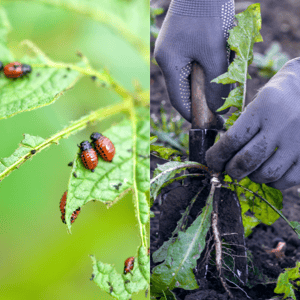
Weed & Pest Management
Organic Inputs
- Diatomaceous Earth: Food-grade, non-synthetic for controlling external parasites (e.g., mites, lice) on livestock or in barns.
- Neem Oil: Non-synthetic botanical insecticide for external parasite control (must be NOP-approved formulation).
- Pyrethrum: Natural botanical insecticide for fly control in barns (allowed if synthetic pyrethroids are avoided).
- Mulches: Straw or wood chips (non-treated, non-GMO) to suppress weeds in high-traffic areas or around water stations.
Practices
- Introduce beneficial insects (e.g., parasitic wasps) to control flies or pests in pastures.
- Use mechanical methods like mowing, flame weeding, or hand-weeding for weed control in pastures.
- Maintain diverse pasture species to outcompete weeds and reduce pest habitat.
- Implement integrated pest management (IPM): monitor pest populations, use traps, and rotate grazing to disrupt pest cycle.

Feed & Supplements
Organic Inputs
- Organic Feed: 100% certified organic grains (e.g., corn, oats, barley) and forages (e.g., alfalfa hay, clover). Source from certified organic suppliers.
- Vitamins and Minerals: Non-synthetic or approved synthetic supplements (e.g., vitamin D, selenium) listed on the National List.
- Kelp Meal: Non-synthetic source of trace minerals for nutritional balance.
- Molasses: Organic, non-GMO as a feed palatability enhancer or energy source.
Practices
- Verify feed supplier certification annually to ensure compliance.
- Store feed in dedicated organic bins to prevent commingling with non-organic feed.
- Provide free-choice access to mineral supplements, ensuring NOP approval.
- For ruminants, ensure at least 30% of dry matter intake comes from pasture during the grazing season.
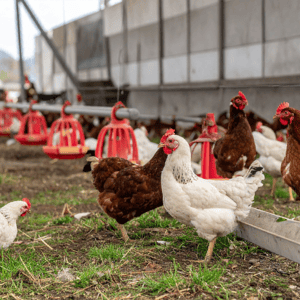
Animal Health
Organic Inputs
- Vaccines: Allowed synthetic vaccines to prevent diseases, as per the National List (e.g., clostridium vaccines for sheep).
- Herbal Remedies: Non-synthetic tinctures or extracts (e.g., garlic, chamomile) for minor ailments, if approved by certifier.
- Electrolytes: Non-synthetic or approved synthetic formulations for dehydration (e.g., during transport or heat stress).
- Probiotics: Non-GMO microbial supplements to support gut health (must be NOP-approved).
Practices
- Use preventive measures: rotational grazing, clean water, and adequate shelter to reduce disease risk.
- Maintain detailed health records for each animal, including treatments and vaccinations.
- Prohibit antibiotics and synthetic hormones; animals treated with prohibited substances cannot be sold as organic.
- Ensure access to pasture, shade, and clean bedding to promote natural behaviors and health

Recordkeeping
Maintain an Organic System Plan (OSP) documenting:
- Land history (no prohibited substances for 36 months).
- Feed sources, including supplier certifications.
- Health treatments, vaccinations, and pasture access records.
- Buffer zone management and pest control measures.
- Sales and slaughter records to trace organic status.
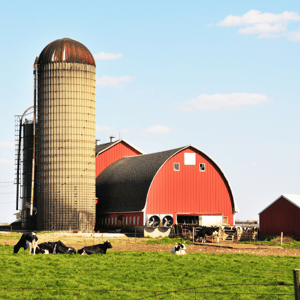
Transition Challenges & Topics
- Challenge: High cost of organic feed during transition.
- Tip: Grow organic forages on-farm to reduce feed costs; apply for EQIP funding to offset transition expenses.
- Challenge: Weed pressure in pastures without herbicides.
- Tip: Use intensive rotational grazing and diverse pasture mixes to suppress weeds naturally.
- Challenge: Animal health without antibiotics.
- Tip: Focus on biosecurity, closed herds, and preventive practices; consult organic veterinarians for approved treatments.
Additional Resources
- USDA National Organic Program: www.ams.usda.gov/nop for standards and certifier lists.
- Organic Materials Review Institute (OMRI): www.omri.org for approved input lists.
- SARE: www.sare.org for organic farming research and grants.
- Local Organic Networks: Connect with state organic associations or extension services for mentorship.
By implementing these organic inputs and practices, livestock and tree fruit farmers can successfully navigate the 36-month transition period, build sustainable systems, and achieve USDA Organic Certification. Always verify inputs with your certifier and maintain meticulous records to ensure compliance
